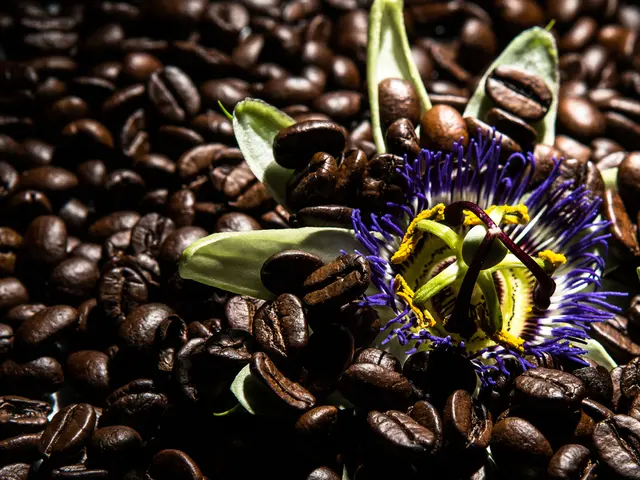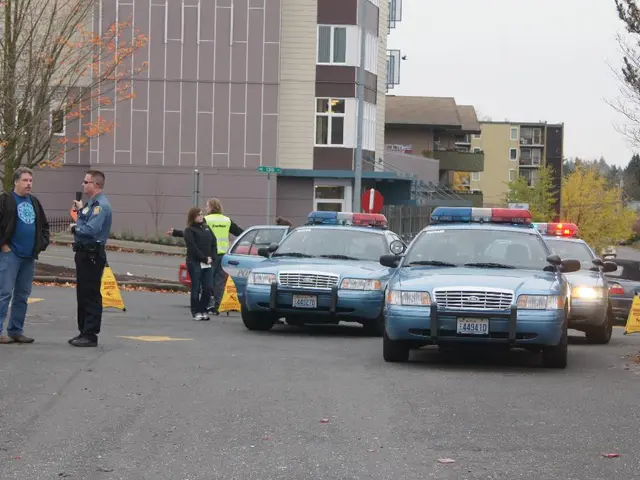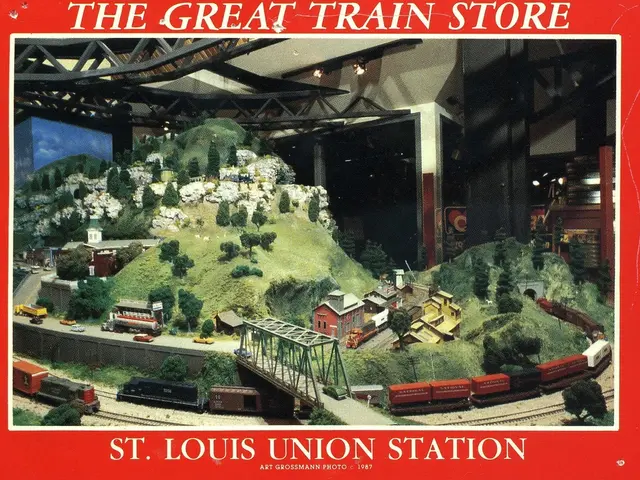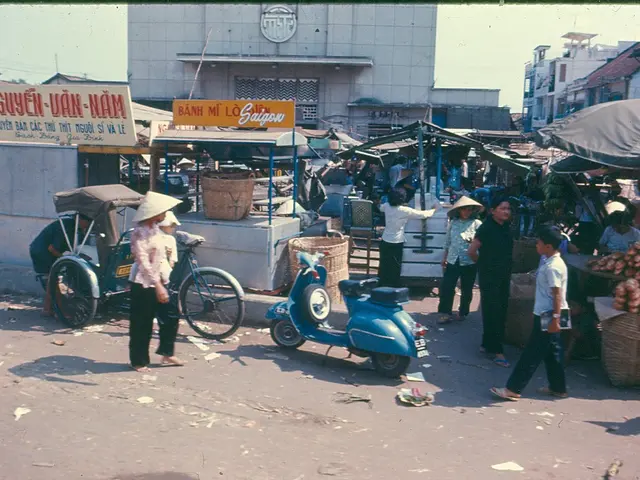Plotting Your Edible Landscape: Creating a Food Forest Through Permaculture Design
In the face of rapid urbanization, the need for sustainable and efficient food production systems is more crucial than ever. One innovative solution is the advancement of permaculture mapping and food forest design, which is transforming urban landscapes and nearby regions.
By 2050, two-thirds of the world's population will live in cities, making it imperative to create food forests in urban areas. The latest trends in permaculture mapping and food forest design emphasize the integration of traditional ecological principles with modern digital tools, such as drones and advanced land classification platforms, to create efficient, resilient, and biodiverse food systems.
The course covers the basics of permaculture design, including the use of new mapping and analysis tools like GPS, GIS, and 3D modeling software. These modern tools help improve resource management, biodiversity planning, and boost soil health. For instance, drone technology combined with smartphone applications is now widely used to document and analyze farm landscapes in detail, improving design accuracy and monitoring capabilities.
Understanding your site's unique features through proper site analysis is essential for a successful food forest. This includes evaluating microclimates, understanding sun, wind, frost, and water drainage patterns, and conducting soil testing. Soil testing methods like taking soil samples, using soil test kits, and watching indicator plants help understand soil quality for choosing the right plants and management practices.
The course introduces sustainable practices like organic pest control, crop rotation, and regenerative agriculture for carbon sequestration. Organic pest control focuses on maintaining ecosystem health, avoiding harmful chemicals, and using methods like encouraging beneficial insects, natural repellents, physical barriers, and crop rotation.
Companion planting strategies are a core part of food forest design, focusing on pairing plants to help each other through sharing resources, controlling pests, or balancing the ecosystem. Crop rotation techniques in permaculture help improve soil fertility, suppress weeds, and prevent pests and diseases. Key techniques include alternating between heavy feeders and light feeders, planting legumes, rotating crops with different rooting depths, and incorporating cover crops.
Zoning is vital in a food forest, helping use space well, reducing upkeep, and fostering a balanced ecosystem. Zoning organizes the food forest into different areas based on the needs of the plants, with zones for trees, shrubs, herbs, and groundcover.
The course also covers advanced mapping techniques that bring benefits to food forest design, such as enhanced resource management, improved biodiversity planning, and increased soil health. The use of swales and ponds in permaculture helps slow down water, prevent erosion, recharge groundwater, and improve soil.
In addition, the course encourages students to advocate for regenerative practices and contribute to permaculture design and implementation. Community engagement and knowledge sharing are key to pushing food forest design beyond beginner levels into innovative territory. Advanced design gatherings and workshops are helping practitioners deepen their understanding and apply complex permaculture concepts collaboratively.
Together, these trends illustrate an increasingly interdisciplinary, technology-empowered approach to permaculture mapping and food forest design that supports biodiversity, resource efficiency, and climate resilience. This blend of traditional wisdom and modern technology is paving the way for a sustainable future of food production.
- As urbanization accelerates, the creation of food forests in cities becomes essential to support the growing population, with two-thirds expected to live in urban areas by 2050.
- The integration of traditional ecological principles with modern digital tools, like drones and advanced land classification platforms, is a crucial aspect of current permaculture mapping and food forest design trends.
- The use of innovative mapping and analysis tools, such as GPS, GIS, and 3D modeling software, enhances resource management, biodiversity planning, and soil health in permaculture design.
- Proper site analysis is essential for a successful food forest, requiring evaluation of microclimates, sun, wind, frost, and water drainage patterns, and conducting soil testing.
- Sustainable practices in permaculture include organic pest control, crop rotation, and regenerative agriculture for carbon sequestration, focusing on ecosystem health and avoiding harmful chemicals.
- Companion planting strategies, a core aspect of food forest design, involve pairing plants to share resources, control pests, and balance the ecosystem, while crop rotation improves soil fertility and suppresses weeds.
- Zoning in a food forest optimizes space usage, reduces maintenance, and fosters a balanced ecosystem by dividing the food forest into areas for trees, shrubs, herbs, and groundcover.
- Advanced mapping techniques like swales and ponds in permaculture slow down water, prevent erosion, recharge groundwater, and improve soil, benefiting food forest design, resource management, and biodiversity.
- Community engagement and knowledge-sharing are crucial for pushing food forest design to higher levels of innovation, as demonstrated by advanced design gatherings and workshops that facilitate collaboration among practitioners.








